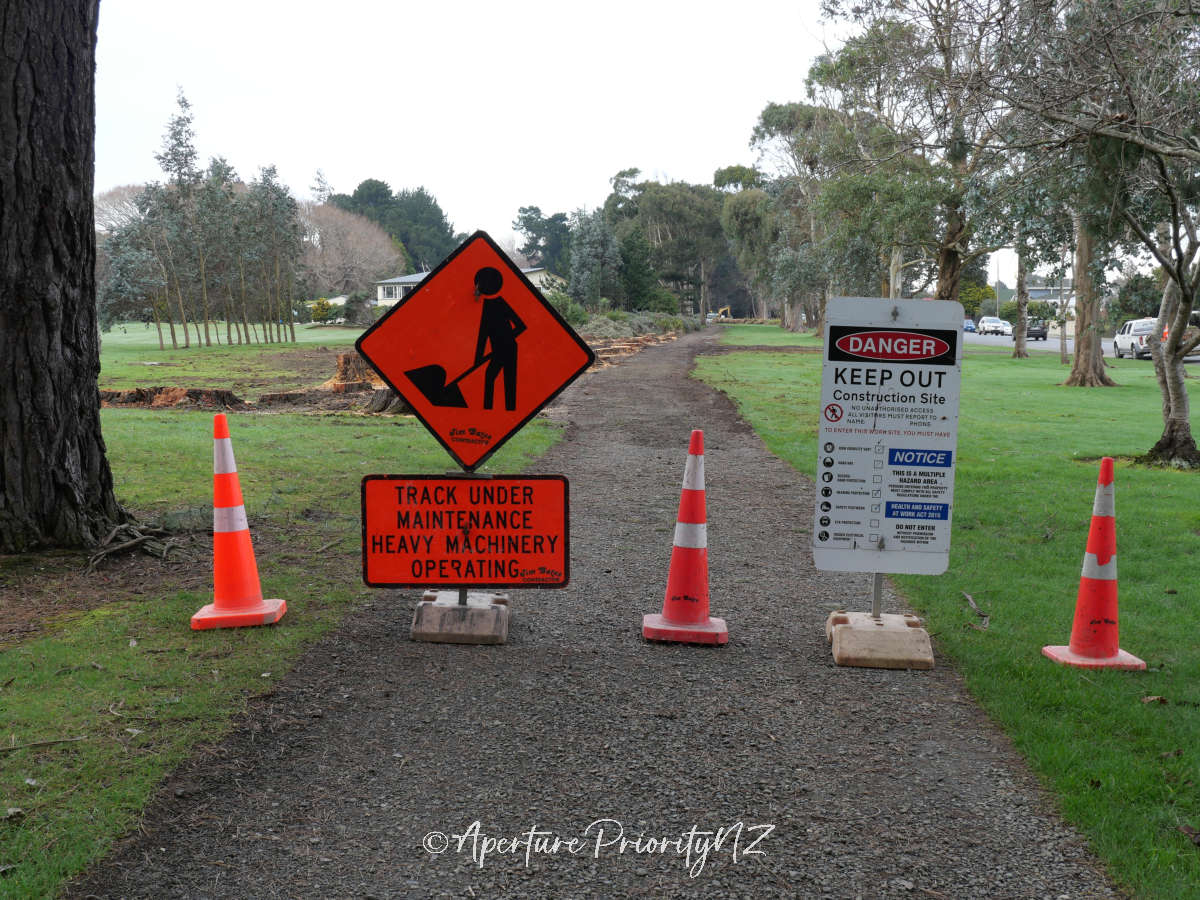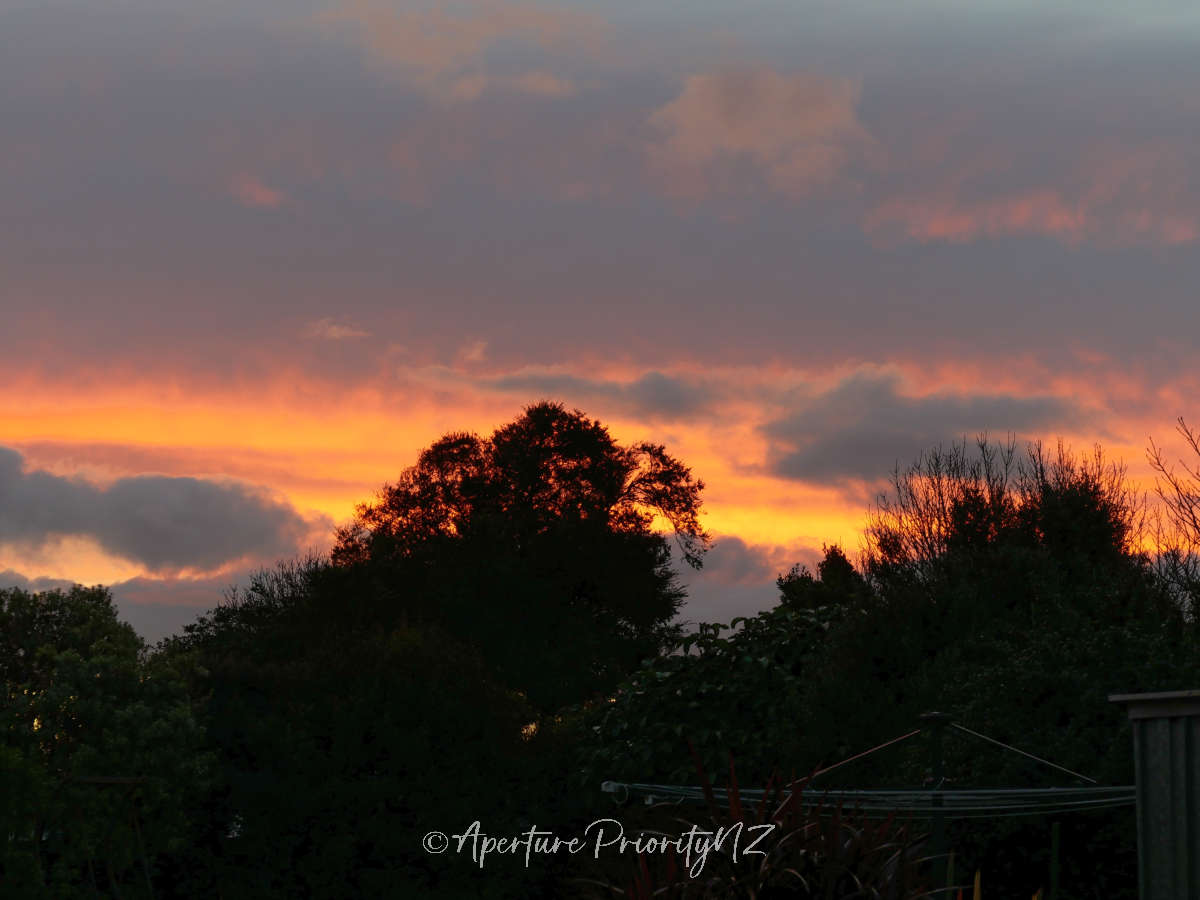Shortly I’ll tell you 5 reasons why I switched to a micro four-thirds camera.
But first – I have been a Nikon user for many years now and up until a few weeks ago had not even considered changing to another brand. It’s not that I am brand loyal, it’s just that my Nikon D5100 seemed to do everything that I needed of it even though it was getting a little long in the tooth, and its specs were well out of date.
Then one day a few weeks ago I saw some pre-release advertising on the Internet for the new Nikon Z fc retro-styled camera. I thought then it was love at first sight, so decided that I would upgrade from my D5100.
Some serious online research followed, and the more I looked, the more I realised that being seduced by the retro-looks of the Z fc was not the right reason to upgrade. My love at first sight turned out to be nothing more than a passing infatuation!
Anyway, one thing led to another, then another, and then another, and suddenly I was considering Fujifilm, Olympus and Panasonic as being suitable upgrade options.
Eventually, I whittled my options down to either an Olympus or a Panasonic micro four-thirds camera. The Fujifilm missed out because of its X-Trans sensor, and the fact that many raw editors either don’t cater for Fuji RAF files (as in Photolab 4), or don’t handle them at all well.
Panasonic won out at the end of the day, and now I am the proud owner of a Panasonic Lumix G95 micro four-thirds mirrorless camera.
There are many micro four-thirds detractors out there in the photographic world.
Full-frame snobs and APS-C format camera users look down on the smaller sensor micro four-thirds cameras with some disdain. But on the other side of the argument, there are many reasons why micro four-thirds is a good choice.
Here are just 5 reasons why I switched to a micro four-thirds camera:
- I was able to get higher resolution (up from 16MP to 20MP) in a camera with a much smaller and lighter body than DX-format;
- The lenses are smaller and lighter, and generally slightly cheaper than their DX-format and FX-format equivalents;
- The on-board technology is way ahead of anything in my (albeit 8-year-old Nikon D5100) and in many current APS-C cameras;
- On-board 5-way image stabilization;
- And the current price of the Panasonic Lumix G95 almost made it a steal – reduced from a couple of thousand dollars to $1,485.00, with a free 25mm prime lens thrown in.
I have had my Lumix G95 with 12-20mm Lumix zoom for just three days now, and while the weather hasn’t exactly been ideal for getting out and about (although of course the G95 is weather-proof to a point), I have managed to start to get a feel for it. Having said that taking photographs while walking three dogs is not an easy task.
Generally I shoot in aperture priority, hence the name of my blog, but for the images that follow, I shot using a mix of P, A, S, M and Auto settings.
In such a short time I have already fallen in love with the focus peaking feature of the G95. As a glasses wearer, I was never able to nail manual focus with my Nikon.

Shot in AP, using manual focus to test the focus peaking capability. Image processed in Nik Silver Efex Pro 3.

Shot in iA (intelligent Auto) mode, with no input other than framing from me. This is a jpeg straight out-of-camera.

Shot in “auto-everything” mode – a raw file processed in DxO Photolab 4.

Another straight-out-of-camera jpeg, also shot in fully auto-mode.

Snapshot of our wee 100-plus year cottage from our back garden.

The camera’s fully articulating screen allows you to get down real low without kneeling in the cold damp grass. This was a raw file processed in DxO Photolab 4.

This last image in this set was a “rush job”. The evening light resented itself just as you see it so this was an opportunistic photo, shot with the camera in full auto this and full auto that as there was no time to think before the light changed.



Leave a Reply